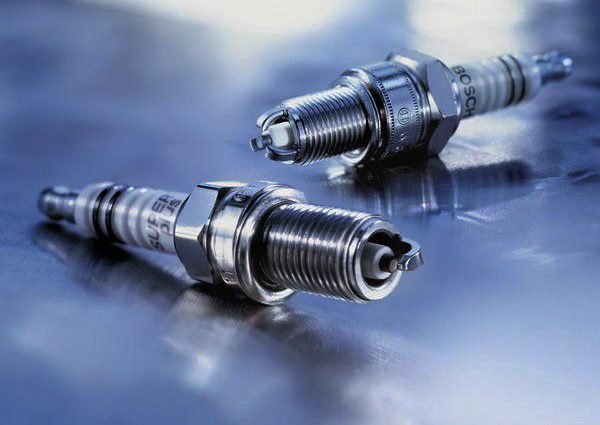Boomers grow health and fitness rehabilitation industry
Long before health and fitness was promoted by celebrities such as Jane Fonda and Richard Simmons, “the godfather of fitness” hosted the first fitness television program in 1953 by way of the self-named Jack LaLanne Show. Dressed in a black jump suit and black ballet slippers, his show was aimed toward “the ladies,” whom he encouraged to join his new health clubs.
LaLanne paved the way for the development of the fitness center industry, which burgeoned in the 1970s and 1980s when running and aerobics became popular. Membership in health clubs continued to grow throughout the 1990s, with a tremendous growth spurt in the early 2000s when franchise fitness clubs such as Planet Fitness, Gold’s Gym and Anytime Fitness began popping up around the country.
The revenue of U.S. health clubs reached a new high of $22.4 billion in 2013, nearly a 100 percent increase in revenue since 2000. This increase is reflected in the total number of memberships at fitness centers in the U.S., which rose from 32.8 million to 52.9 million during that timeframe.
About half of all health club members belong to commercial health clubs, with the remainder divided between non-profit clubs such as the YMCA and for-profit clubs such as corporate clubs, country clubs or spas.
In the 1970s, the Kindler family opened its first full service health club in Camp Hill near Harrisburg. Membership included access to fitness equipment, exercises classes and custom tailored programs by fitness instructors.
“Over the years, we’ve run every type of model of fitness center you think of, but the no frills, affordable and inclusive Planet Fitness model is by far the greatest and most successful we’ve found,” said Steve Kindler, Jr., owner at Kindler & Crimmins Associates.
The Kindler family owns nine Planet Fitness franchises in central Pennsylvania and plans on opening a tenth club next to Sears at the Nittany Mall in State College on December 17.
Typically, during the club’s busy season, 1,400 to 1,700 people a day visit the clubs. Planet Fitness relies on volume business since basic membership only costs $10 per month. Members can upgrade to a Black Card monthly membership for $19.99, which allows them to work out at any Planet Fitness in the country.
The new club will have two entrances, one inside the mall and an exterior entrance. Even though the mall closes at 10 p.m., Planet Fitness will be open 24/7.
“The best thing about Planet Fitness is our ‘Judgment Free Zone,’” said Kindler.
“We provide a completely different atmosphere than other health clubs, because we don’t cater to the heavy weight lifters and body builders, but instead we’re structured around general fitness and first time gym users, and we provide a fun, comfortable environment to work out.”
A Planet Fitness member could be a 20-something preparing for a marathon or an elderly person who just wants to walk on the treadmill to maintain fitness. The clubs have gym equipment and fitness instructors but no exercise classes, which helps keep costs low.
Megan Lynch, public relations manager at Planet Fitness headquarters in Newington, New Hampshire, explained the company’s philosophy.
“Our motto is, ‘We’re not a gym, We’re Planet Fitness,’ because our clubs are where all the awesome Janes and Joes of the world – everyday people – can feel comfortable working out at their own pace without judgment from other members,” said Lynch.
“Our members can work out for 2 hours or 2 minutes and not feel judged on their physical appearance or level of activity.”
Planet Fitness has more than 850 locations in 47 states. By the end of next year, that number is expected to rise to over 1,000 franchises nationwide.
Rehabilitation centers
The flip side to wellness is getting back in shape while recovering from an injury or illness. Outpatient rehabilitation centers aid this process by offering physical, occupational or speech therapies often using the same fitness equipment found in health clubs.
The U.S. outpatient rehabilitation market is estimated to be a $19 billion industry with a projected annual growth rate of five percent or higher. Given the aging and active U.S. population, the demographics favor a sustained growth in patients requiring rehabilitation services.
Политика конфиденциальности сайта | Правила пользования сайтом












